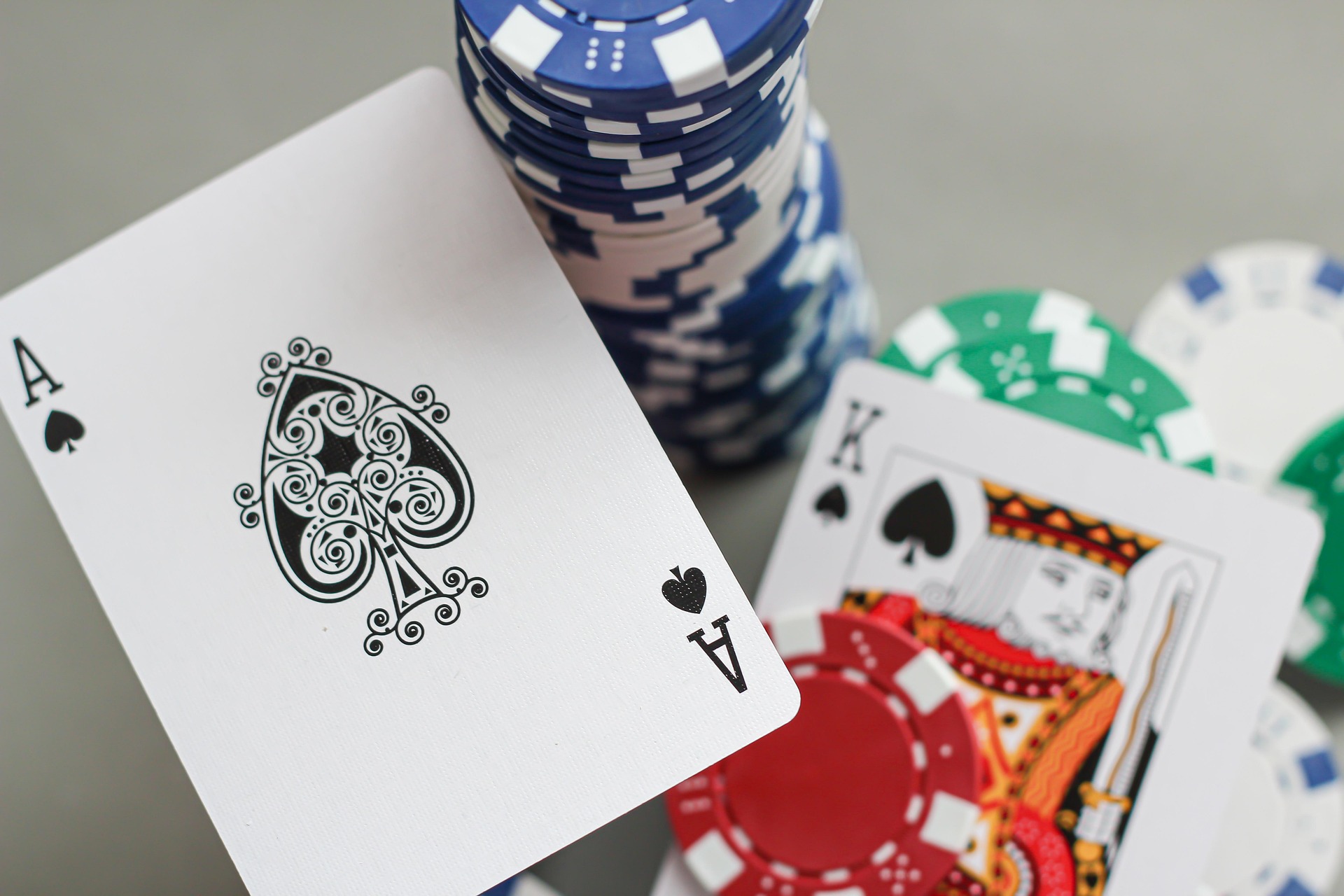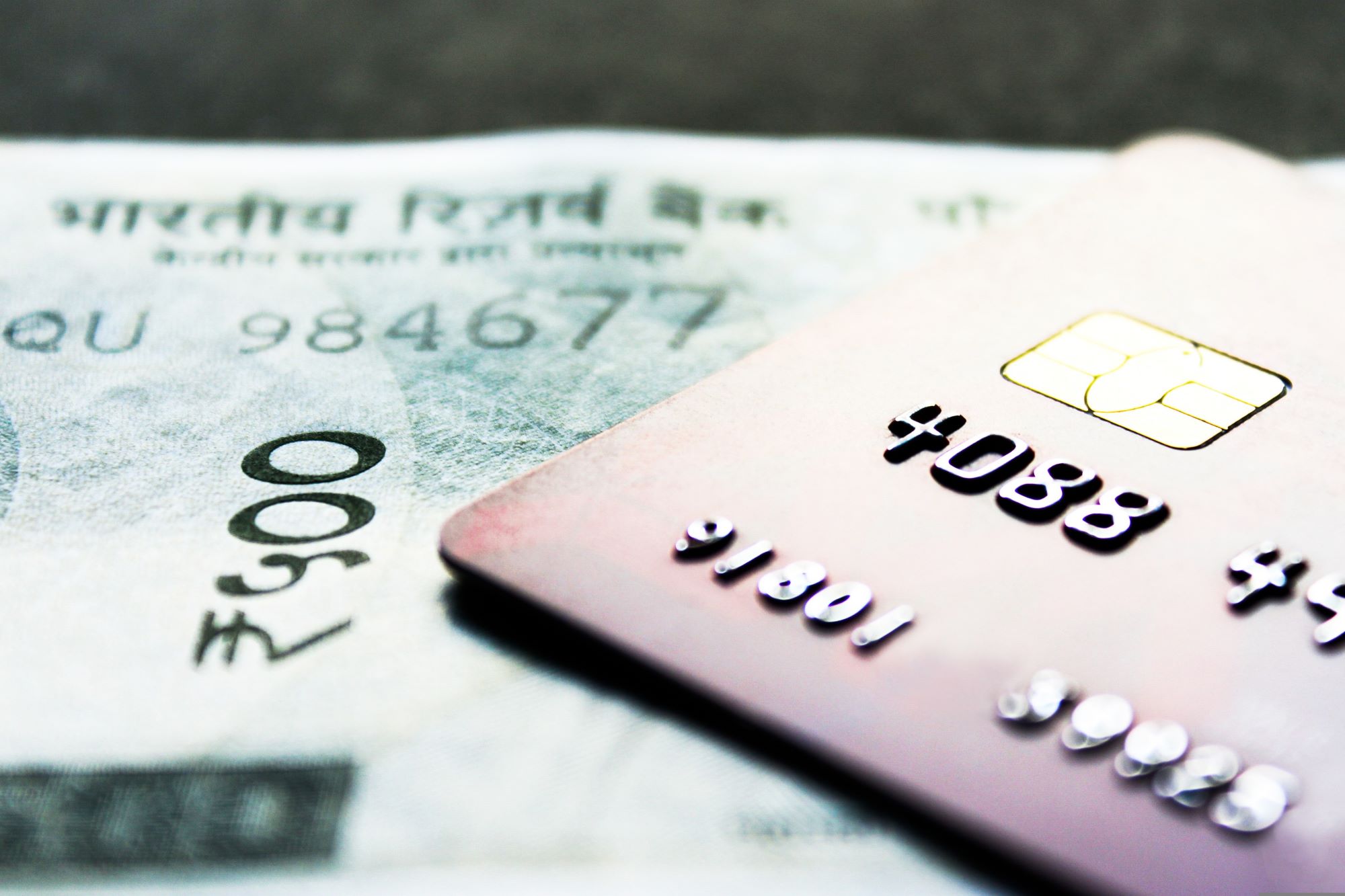Blackjack is one of the most popular and exciting card games in casinos worldwide, including Indian casinos. Whether you’re new to the game or an experienced player, the goal is always to beat the dealer by having a hand value closer to 21 than theirs, without going over. While the game is largely based on luck, there are strategies that can improve your chances of winning. In this article, we will explore the best strategies for winning at blackjack in Indian casinos, covering everything from basic strategy to advanced techniques.
Understanding Blackjack: The Basics
Blackjack is a classic casino card game that’s enjoyed by players worldwide, including in Indian casinos. The game is typically played with one or more standard decks of 52 cards. Each card has a specific value that determines how it impacts the game. Number cards, ranging from 2 to 10, hold their face value, which means a 2 is worth 2 points, a 5 is worth 5 points, and so on. Face cards—Jack, Queen, and King—are all valued at 10 points, making them particularly valuable when you’re aiming to get closer to the magic number 21. The Ace is the most versatile card in the deck, as it can be worth either 1 or 11, depending on which value best benefits your hand.
The ultimate goal of the game is to achieve a hand total as close to 21 as possible without going over that number. If your hand exceeds 21, you “bust” and lose the round. The dealer, on the other hand, is bound by strict rules regarding how they must play their hand. Generally, they must stand on 17 or higher and hit on 16 or lower. This predictability in the dealer’s actions creates an opportunity for players who are knowledgeable about the rules to adjust their own play strategically.
One of the key components of blackjack is the idea of risk and reward. Players have the option to choose whether to “hit” (ask for another card) or “stand” (keep their current hand). The decision-making process in blackjack is based on the cards in your hand, the dealer’s face-up card, and the mathematical probabilities associated with the remaining cards in the deck. This makes blackjack a blend of strategy and luck, where informed decisions can increase your chances of winning.
To win at blackjack, your goal is to beat the dealer’s hand without exceeding 21. If your hand is closer to 21 than the dealer’s hand, you win the round. If the dealer busts (goes over 21), all players still in the game win, regardless of their hand totals. Understanding how to manage your hand effectively, combined with knowledge of the dealer’s rules and some strategic decisions, can significantly increase your odds of success at the table.
Key Blackjack Terms You Need to Know
Before diving into the strategies that will help you win at blackjack, it’s important to familiarize yourself with the key terms that will come up during a game.
- Hit: A “hit” is when you request an additional card to improve your hand. You can keep hitting as long as your hand total doesn’t exceed 21. This option is typically used when you have a low hand total and want to increase your chances of reaching 21 without busting. However, hitting also introduces the risk of going over 21, which would result in a loss.
- Stand: To “stand” means to keep your current hand and not request any more cards. You choose to stand when you believe your hand is strong enough to win against the dealer’s hand, or when taking another card would risk busting. Knowing when to stand is a crucial part of blackjack strategy, and it often depends on the dealer’s visible card.
- Double Down: Doubling down is a strategy that allows you to double your original bet in exchange for one additional card. This is typically done when you have a strong hand (like 10 or 11) and believe that one more card will give you a high chance of winning. However, it also increases the risk, as you’re committing more money to the round with only one additional card.
- Split: If you’re dealt two cards of the same value (like two 8s or two Aces), you have the option to “split” them into two separate hands. You then place an additional bet equal to your original bet and continue playing each hand separately. Splitting is a strategic move that can give you the opportunity to create two potentially winning hands, but it also doubles your risk for the round.
- Insurance: Insurance is a side bet that is offered when the dealer’s face-up card is an Ace. The insurance bet is placed to protect yourself in case the dealer has a blackjack (a hand with 21 points). If the dealer has a blackjack, the insurance bet pays 2:1, but if the dealer does not have a blackjack, the insurance bet is lost. While it might seem like a safety net, insurance is generally not recommended, as it has a high house edge.
- Blackjack: A “blackjack” is a hand that totals exactly 21 points with the first two cards dealt. This is achieved when you have an Ace and a 10-value card (10, Jack, Queen, or King). A blackjack typically pays 3:2, meaning you win one and a half times your original bet. Getting a blackjack is the ultimate goal in the game, and it beats all other hands, including a hand totaling 21 from more than two cards.
Learn the Basic Strategy
Mastering the basic strategy is the most crucial step in improving your chances of winning at blackjack. This strategy is based on the combination of your hand and the dealer’s visible card and provides guidelines on when to hit, stand, double down, or split.
| Action | Condition | When to Use | Why it Works | Recommended Play |
| Hit | Hand value is less than 12 | Always hit if your hand is 11 or lower. If your hand is between 12 and 16, hit when the dealer has a 7 or higher showing. | A hand below 12 has a high chance of improving with one more card, and a weak hand can improve further. | Increases the chance of getting closer to 21 without busting. |
| Stand | Hand value is 17 or higher | Always stand on 17 or higher. If you have a soft 17 (Ace and 6), consider standing against a dealer’s 2 through 6. | Standing on 17 or higher minimizes the risk of busting. Soft 17 is flexible, so it’s often safer to stand against weaker dealer hands. | Prevents unnecessary risk of going over 21. |
| Double Down | Hand value is 10 or 11 | Double down when you have a total of 10 or 11, especially if the dealer shows a card less than 10. | Doubling down increases your bet when you have a strong hand and can potentially improve with one more card. | Maximizes potential payout when the odds are favorable. |
| Split | Two cards of the same value (Aces or 8s) | Always split Aces and 8s. These give you a better chance of creating two strong hands. | Splitting Aces and 8s increases the chance of drawing strong cards and creates two separate chances to win. | Maximizes winning opportunities with favorable cards. |
| Don’t Split | Cards of other values or face cards | Do not split tens or face cards (Jack, Queen, King). Keep them together for a strong hand. | Splitting tens results in two weak hands, as they’re strong when played as one hand. | Keeps a strong hand without splitting potential. |
Card Counting: A More Advanced Strategy
Card counting is a more advanced blackjack strategy that allows experienced players to gain an edge over the casino. While it’s not illegal, it is not welcomed by casinos, and players caught counting cards may be asked to leave. However, if done correctly, card counting can provide a significant advantage in the game. The basic idea behind card counting is to track which cards have already been played in order to determine the probability of certain cards remaining in the deck.
Certain cards, such as 10s and Aces, are favorable to the player, as they increase the chances of drawing a blackjack or a strong hand. On the other hand, cards like 2s through 6s tend to benefit the dealer, as they increase the likelihood of the dealer busting. By keeping track of the ratio of high cards (10s and Aces) to low cards (2s through 6s) left in the deck, a card counter can adjust their betting strategy. If the deck is rich in high cards, the player has a better chance of getting a blackjack or a strong hand, so they may increase their bet size accordingly.
There are different systems used for card counting, and one of the most popular and easiest to understand is the Hi-Lo system. In the Hi-Lo system, cards are assigned values: cards 2 through 6 are counted as +1, 7 through 9 are counted as 0 (neutral), and 10s and Aces are counted as -1. As cards are dealt, the player keeps a running count based on these values, adjusting their betting strategy depending on whether the running count is positive or negative. A positive count indicates that there are more high cards remaining in the deck, giving the player an advantage, while a negative count suggests that there are more low cards left, favoring the dealer.
Another popular system is the KO (Knock-Out) system, which is similar to the Hi-Lo system but with a slight difference. In the KO system, all cards from 2 through 7 are counted as +1, and cards 8, 9, 10, Jack, Queen, King, and Ace are counted as 0 or -1. The KO system is known as a non-balanced system, meaning it doesn’t require a true count to be kept, which simplifies the process for some players. However, both systems rely on the same basic principle of keeping track of the high and low cards left in the deck to inform your betting strategy.
Mastering card counting requires practice and a great deal of concentration, but it can provide skilled players with a statistical advantage over the casino. It’s important to note that while card counting is not illegal, casinos often take steps to prevent it, including watching players closely and using multiple decks or continuous shuffling machines. Nonetheless, for players who can perfect the technique, card counting remains one of the most powerful strategies in blackjack.
Know the Rules of the Indian Casino
Each casino operates with its own set of rules, and Indian casinos are no exception. These rules can vary slightly from one casino to another and may have an impact on the house edge, which is the casino’s advantage over players. It’s important to familiarize yourself with the specific rules of the casino you’re playing at to ensure you’re making the most of your game.
- Number of Decks: The number of decks used in a blackjack game can significantly affect your chances of winning. Fewer decks are generally better for the player. A single-deck game tends to offer a lower house edge compared to a multi-deck game because it’s easier to keep track of the cards and the likelihood of certain cards appearing is higher. When playing in Indian casinos, it’s a good idea to seek out games with fewer decks, as this increases your chances of winning.
- Payouts for Blackjack: A standard and ideal payout for a blackjack (a hand consisting of an Ace and a 10-value card) is 3:2. This means you will receive 1.5 times your bet if you hit a blackjack. However, some casinos offer only a 6:5 payout, which significantly increases the house edge and reduces your potential winnings. Always look for casinos that offer the traditional 3:2 payout for blackjacks to maximize your returns and reduce the casino’s advantage.
- Dealer Rules: In blackjack, the dealer is bound by specific rules that can impact the outcome of the game. One key rule to watch out for is whether the dealer stands or hits on a soft 17 (a hand containing an Ace and a 6, which can be valued as 7 or 17). Some casinos require the dealer to stand on a soft 17, while others allow them to hit. Casinos where the dealer stands on soft 17 are preferable, as this gives you a better chance of winning because the dealer is less likely to improve their hand.
Manage Your Bankroll Effectively
Managing your bankroll is one of the most crucial aspects of blackjack, or any casino game, for that matter. Without effective bankroll management, even the best strategies won’t prevent you from losing. By making careful decisions about how much money to wager, when to increase or decrease bets, and how to control your spending, you can help preserve your bankroll and stay in the game longer.
| Tip | Description | When to Apply | Why It Works | Recommended Action |
| Set a Budget | Determine how much you’re willing to lose before you start playing. | Before sitting at the blackjack table, decide on the maximum amount you’re comfortable losing. Stick to this budget. | Having a set budget helps you avoid chasing losses and keeps your gambling within responsible limits. | Establish a clear limit for your session and never exceed it. |
| Bet Wisely | Never bet more than you can afford to lose. | Always start with small bets, especially in the beginning, and gradually increase them as your bankroll grows. | Betting within your means ensures you don’t risk losing more than you’re willing to lose. | Start with small bets, and only increase your wager if you’re winning. |
| Use Betting Systems | Use betting systems like Martingale to manage your bets after losses. | Apply systems like Martingale when you face a losing streak, but remember that no betting system guarantees a win. | Betting systems help you manage how much you wager in relation to your losses, offering a structured way to recover. | Consider using a betting system only when you’re comfortable with the risks involved. |
Avoid Insurance Bets
Insurance bets are a common feature in blackjack, typically offered when the dealer has an Ace showing. At first glance, it might seem like a smart way to protect yourself in case the dealer has a blackjack. However, despite the appeal, insurance bets are generally not in the player’s favor and should be avoided.
The main issue with insurance bets lies in the odds. While it seems logical to protect your original bet by placing an additional side bet when the dealer has an Ace, the reality is that the chances of the dealer actually having a blackjack are relatively low. The dealer must have a 10-value card (10, Jack, Queen, or King) to complete a blackjack, and with a full deck, the probability of this happening is not as high as one might think.
Additionally, insurance bets typically come with a high house edge. The payout for winning an insurance bet is 2:1, meaning you get back twice the amount of your insurance bet if the dealer has a blackjack. However, because the odds of the dealer having a blackjack are low, the house edge on this bet is much higher than the regular blackjack game. Over time, this can lead to significant losses for players who regularly place insurance bets.
For most players, it’s better to stick to the regular gameplay strategies, like hitting, standing, doubling down, and splitting, and avoid these side bets altogether. By doing so, you’ll minimize the house edge and increase your chances of winning in the long run. Avoiding insurance bets helps you stay focused on the core aspects of the game and prevents unnecessary risk.




